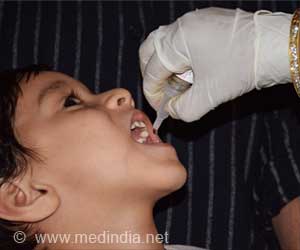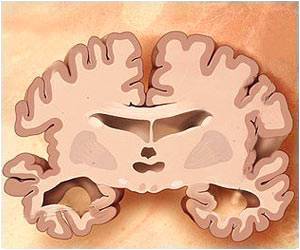First-year enrollment at the nation’s colleges of osteopathic medicine is projected to increase to more than 4,474 in 2011-12, a 45.3 percent increase since 2002-03.
With the addition of COM Mesa of AT Still University of Health Sciences, in Mesa, Arizona; the Debusk College of Osteopathic Medicine of Lincoln Memorial University, in Harrogate, Tennessee; and the TOURO College of Osteopathic Medicine in New York City, a new wave of future osteopathic physicians (DOs) will be prepared to help meet the nation’s increasing health care workforce shortage.These three schools (slated to admit their first classes in Fall 2007), two additional schools in the states of Washington and Colorado (planning to open in 2008), and the growth in class sizes at the existing colleges all will help strengthen the osteopathic medical field’s ability to provide high-quality health care to patients nationwide. And with osteopathic medicine’s special focus on primary care, especially in rural and urban underserved areas, osteopathic physicians will be able to have a greater impact on the U.S. population’s health and wellbeing.
Growing numbers of DOs will provide some relief to projected physician workforce shortages, which are slated to reach a critical point over the next 10-15 years. Barring significant changes in U.S. health care delivery systems, the gap between the nation’s demand for physicians and the number of physicians practicing medicine will exceed 50,000 by 2020.
The number of colleges of osteopathic medical education (COMs) and affiliated branch campuses has grown from just five in 1963 to 14 in 1980 to 26 today, increasing the role osteopathic medical education can play in addressing the projected shortages. The concomitant swelling ranks of DOs constitute a critical sector in the U.S. health care system. Active osteopathic physicians now number more than 53,000, or 7 percent of the nation’s 744,000 physicians, and 2,900 more are graduating each year. By 2010, COMs will graduate more than 4,400 DOs annually.
According to Stephen C. Shannon, DO, MPH, president of the American Association of Colleges of Osteopathic Medicine (AACOM), “There is no doubt that the osteopathic profession is increasing both its presence and its importance in the national health care arena. Osteopathic medicine’s approach has much to offer future physicians, the patients they will serve, and the U.S. health care system.”
A Doctor of Osteopathic Medicine (DO) is a physician trained and licensed to practice the full range of medicine and surgery in all 50 states. DOs focus on the whole person and consider all facets of a person's life when treating illness, disease and injury. In addition to using all forms of standard medical treatment, DOs are trained to use osteopathic manipulative treatment to help diagnose injury and illness, to alleviate pain and to promote wellness. Osteopathic physicians work in partnership with their patients to help promote health on physical, emotional and spiritual levels.
Advertisement
Source-Newswise
SRM






